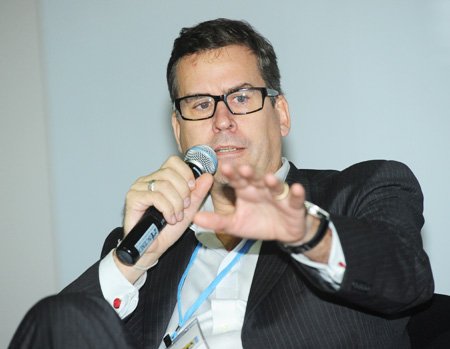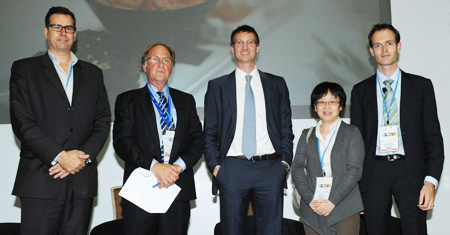
(Picture credit: EMA)
Resource-rich Southeast Asia is strongly positioned to capitalise on the conversion of coal-fired plants in Europe and the US. This despite a bleak short-term outlook for the biomass market globally.
In the past two years, there has been a decrease in the value of investments in renewables in general, and biomass has lost share in renewable energy investments. Overall, biofuels are expected to contribute around 1.8 percent of global fuel supply by 2017, according to the International Energy Agency (IEA).
The conversion of European coal-fired plants, which in recent times have topped US$10 bilion, is of particular interest to fuel producing countries. Europe is currently the only market for biofuel pellets and imports about 60 percent of its needs. This is expected to triple over the next 10 years.
These developments could tranlate into growth potential for Malaysia and Indonesia. They already account for 80 percent of palm oil exports globally and yields continue to increase.

(Picture credit: EMA)
Additionally, there would be increased regional demand for biofuel as China, Japan and South Korea are looking to convert their coal-fired plants. However, speakers at the Asian Future Energy Forum, making its inaugural launch at the Singapore International Energy Week (SIEW), said that in order to further develop a regional market for biofuels in Asia, policy mandates on the use of biofuels are needed. They cited examples in the US And Europe, where similar mandates in say, the mis of biofuels in fuel for transport precipitated the industry's boom.
Ethanol was highlighted as a key driver of growth in biofuel in Asia and production would be led by China. Indonesia would be a key player in biofuel production, followed by Thailand, which is expected to overtake Singapore in the short-term.
However, there were still challenges for the region. At present high commodity prices for palm oil and sugar continue to make them less attractive as biofuel sources. The quantum of financing needed for the biomass projects was another hurdle.
By :Karan Khinchi, INSEAD